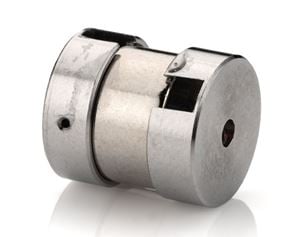 Mini Free-Space Optical Isolators
Mini Free-Space Optical Isolators
- Small, <1cm³, Form Factor
- Greater than 70% Minimum Transmission and >30dB Minimum Isolation
- Input Apertures as Low as 1.60mm
 Fresnel Rhomb Retarders
Fresnel Rhomb Retarders
 TECHSPEC® components are designed, specified, or manufactured by Edmund Optics. Learn More
TECHSPEC® components are designed, specified, or manufactured by Edmund Optics. Learn More
- Broadband Performance with <2% Retardance Variation
- 12.7mm and 25.4mm Options Available
- λ/4 Retardance
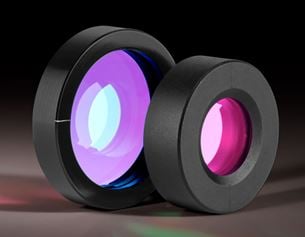 Achromatic Waveplates (Retarders)
Achromatic Waveplates (Retarders)
- Multiple Wavelength Ranges Available
- Flat Response Over Each Broad Spectral Range
- λ/4 and λ/2 Retardance
- Mounted in Black Anodized Aluminum Housing
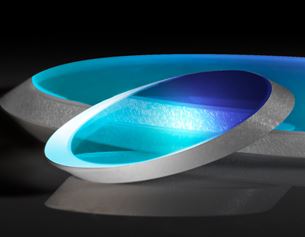 Brewster Windows
Brewster Windows
 TECHSPEC® components are designed, specified, or manufactured by Edmund Optics. Learn More
TECHSPEC® components are designed, specified, or manufactured by Edmund Optics. Learn More
- Reduce Loss of P-Polarized Light
- Circular Profile When Oriented at 55.57°
- Great for Use in Laser Cavities
 Free-Space Optical Isolators
Free-Space Optical Isolators
- Up to 67 dB Isolation for Ultimate Stability
- Up to 92% Transmission for Maximum Power
- 4.7mm Input Aperture
 Glan-Type Polarizers
Glan-Type Polarizers
- High Extinction Ratios up to 200 000:1
- High Laser Damage Thresholds up to 5 J/cm2 @ 1064nm
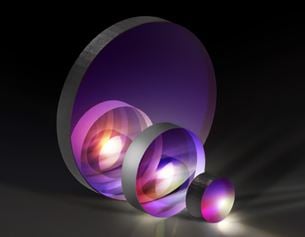 Thin Film Laser Line Polarizers
Thin Film Laser Line Polarizers
 TECHSPEC® components are designed, specified, or manufactured by Edmund Optics. Learn More
TECHSPEC® components are designed, specified, or manufactured by Edmund Optics. Learn More
- High Extinction Ratio of 10,000:1
- 45° Angle of Incidence
- Available for Nd:YAG Harmonics and HeNe Wavelengths
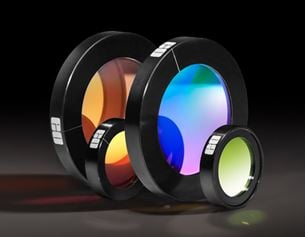 Infrared (IR) Wire Grid Polarizers
Infrared (IR) Wire Grid Polarizers
- Designed for Wavelengths Ranging from 2 - 30μm
- Various Substrates Available
- 360° Rotation Using Metric Polarizer Mounts
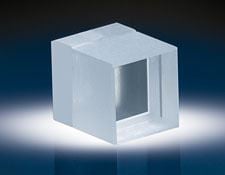 Lyot Depolarizers
Lyot Depolarizers
- Turn Polarized Light into Non-Polarized (Unpolarized) Light
- Designed for Polychromatic Light
- UV to IR Wavelength Range
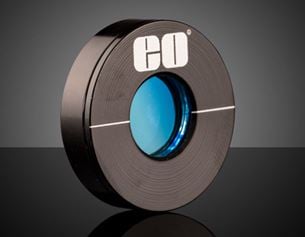 Precision Zero Order Waveplates (Retarders)
Precision Zero Order Waveplates (Retarders)
- λ/4 and λ/2 Retardance
- Excellent Angular Field of View
- Birefringent Polymer Stack
- High Damage Threshold of 500 W/cm2
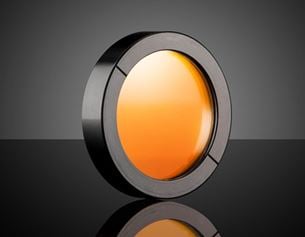 Quartz Waveplates (Retarders)
Quartz Waveplates (Retarders)
- Zero Order and Multiple Order Waveplates
- λ/4 and λ/2 Retardance
- Mounted in Black Anodized Aluminum Frame
- Zero Order Polymer Waveplates Also Available
 Radial Polarization Converters
Radial Polarization Converters
- Converts Linear Polarization to Radial or Azimuthal
- Converts Circular Polarization to an Optical Vortex (Donut-Shaped Beam)
- High Damage Thresholds in the Nano- and Femtosecond Range
- Higher-Order Versions Can Generate Higher Order Polarization Patterns and Optical Vortices
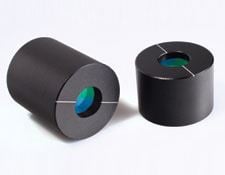 Rochon Polarizers
Rochon Polarizers
- Multiple Polarization Materials Available
- Ordinary Rays Pass Through Undeviated
- Extraordinary Rays Deviate
- Wollaston Polarizers Also Available
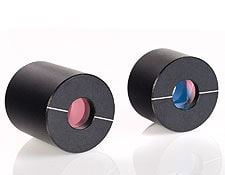 Wollaston Polarizers
Wollaston Polarizers
- Multiple Polarization Materials Available
- UV to IR Ranges Offered
- Large Deviation of Ordinary and Extraordinary Rays
- Rochon Polarizers Also Available














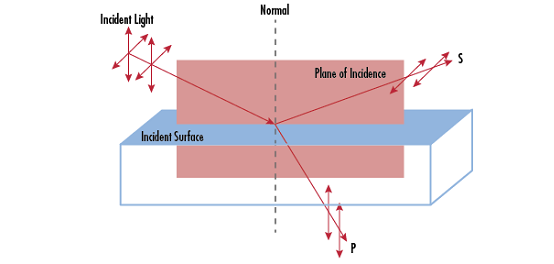
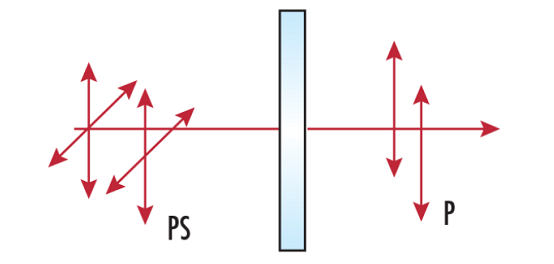
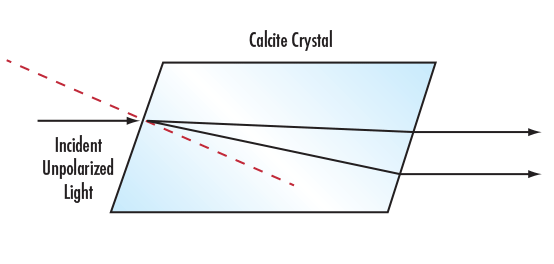
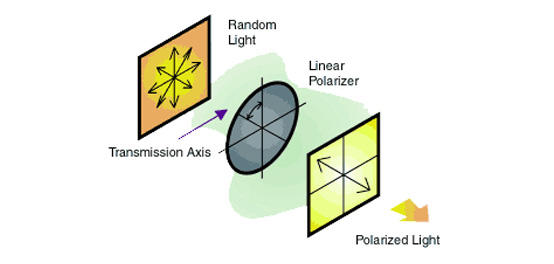
or view regional numbers
QUOTE TOOL
enter stock numbers to begin
Copyright 2023 | Edmund Optics, Ltd Unit 1, Opus Avenue, Nether Poppleton, York, YO26 6BL, UK
California Consumer Privacy Acts (CCPA): Do Not Sell or Share My Personal Information
California Transparency in Supply Chains Act
The FUTURE Depends On Optics®